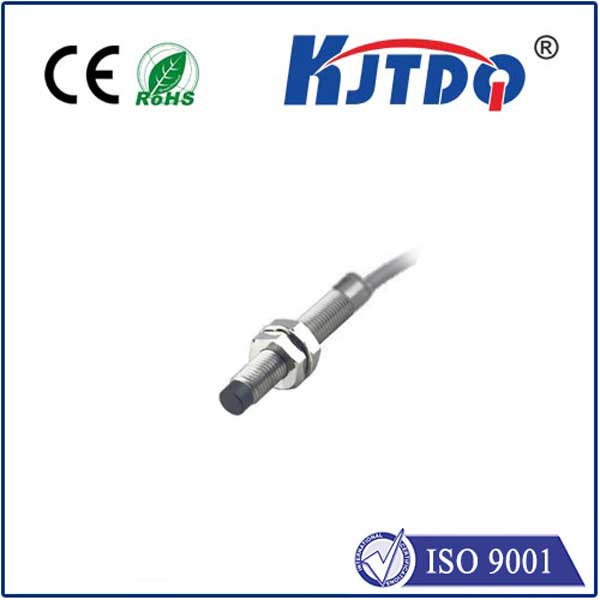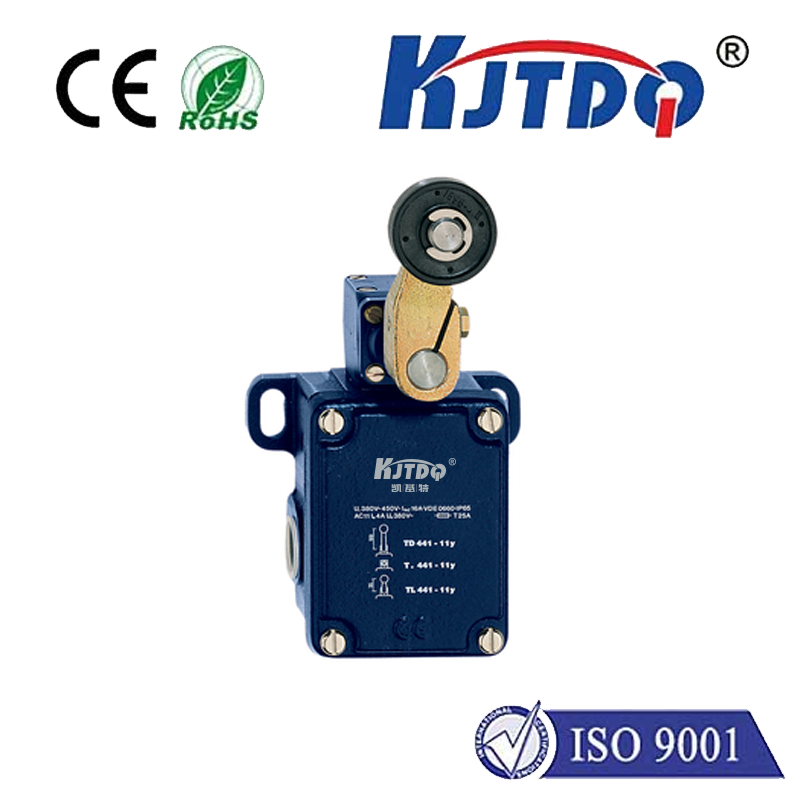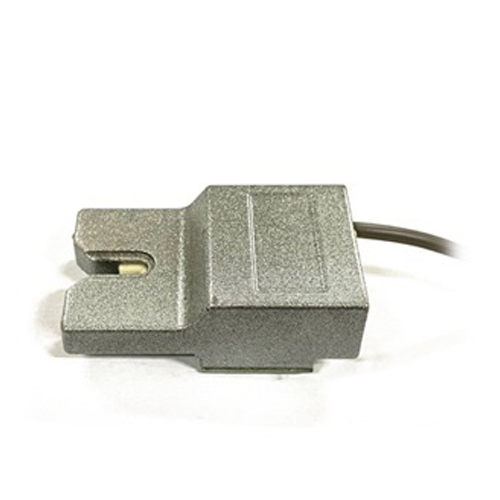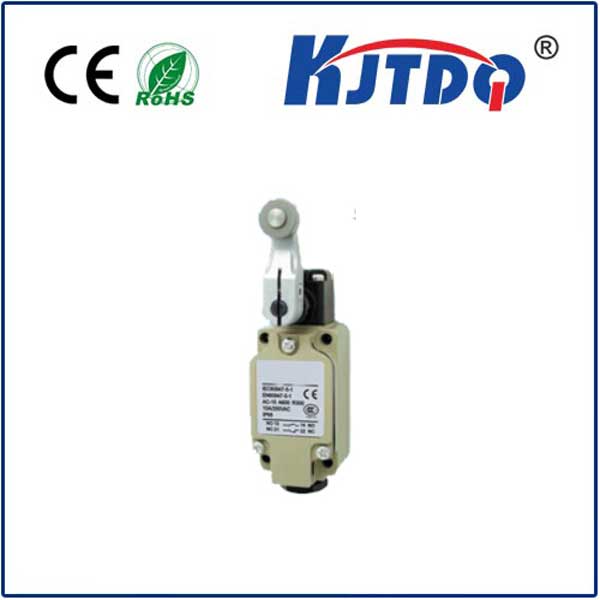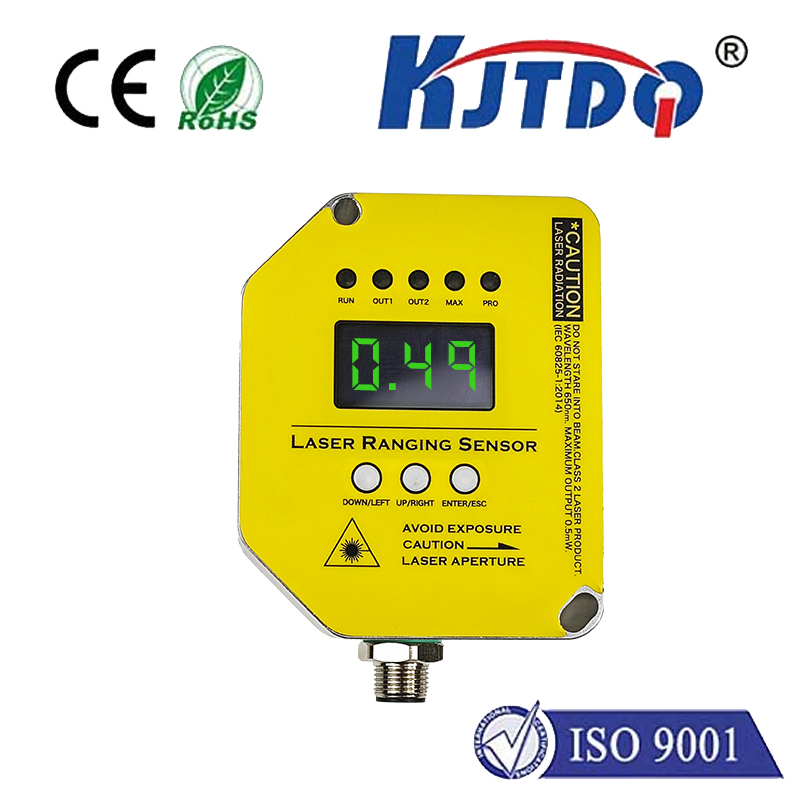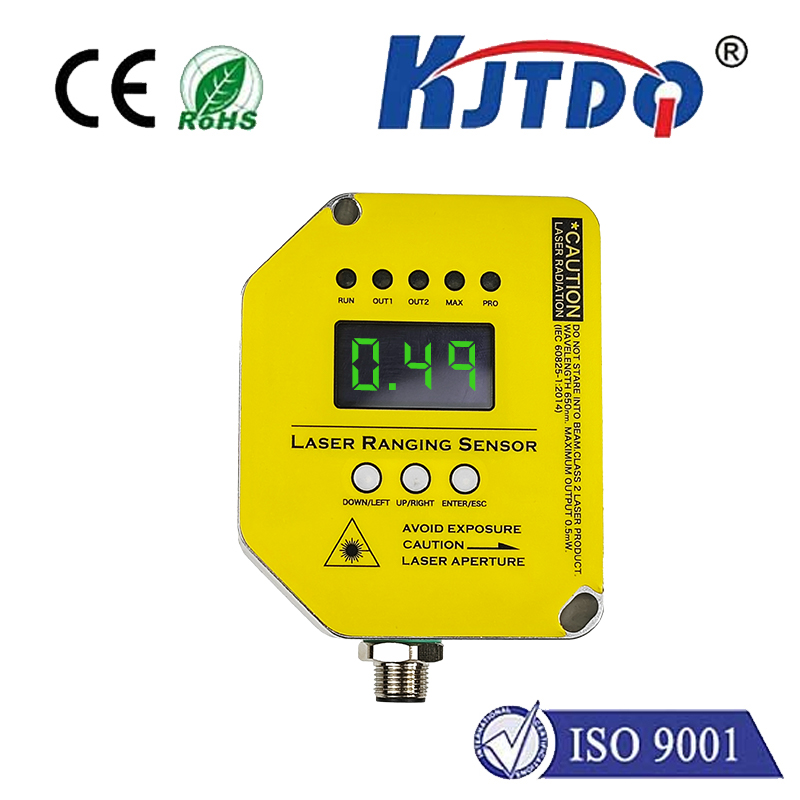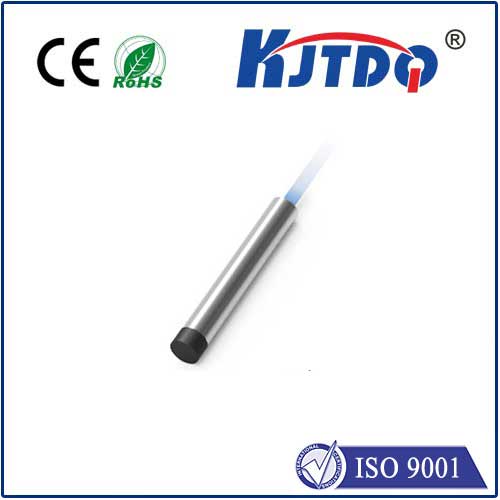

check

check

check

check
Captive Proximity Sensor M18: More Than Just Detection, It’s Reliable Assurance
In the pulsating heart of modern industry – from humming automotive assembly lines to the precise choreography of packaging plants – countless critical processes rely on the silent, unseen work of sensors. Among these unsung heroes, the captive proximity sensor M18 stands out as a paragon of rugged reliability and unwavering performance. But what exactly makes this specific sensor type so vital, especially in demanding environments? It’s the ingenious captive design combined with the standardized M18 form factor that unlocks a new level of dependability.
Unlike standard proximity sensors where the sensing element and electronics might be susceptible to vibration-induced damage or loosening, the captive proximity sensor M18 features a critical design innovation. Here, the core sensing component is permanently and securely bonded within its robust metallic housing. This isn’t just packaging; it’s engineered resilience. This hermetically sealed construction creates an impenetrable barrier, shielding sensitive internal electronics from the relentless assault of industrial contaminants: oily mist, metallic dust, coolants, and high-pressure washdowns become non-issues. The result? Significantly enhanced durability and a dramatically extended operational lifespan, reducing costly downtime and maintenance interventions. Think of it as building the sensor’s vital organs into an armored fortress.

The M18 designation refers to the sensor’s 18mm diameter cylindrical threaded barrel, a ubiquitous standard in industrial automation. This common size ensures effortless integration into countless existing machine designs, control panels, and mounting brackets globally. Combined with the captive design, you get a sensor that’s both universally compatible and exceptionally tough. Whether you’re retrofitting older equipment or designing a new line, the M18 captive sensor provides a reliable, off-the-shelf solution.
How does it work? Based primarily on inductive sensing technology, an M18 captive proximity sensor generates a high-frequency electromagnetic field from its face. When a metallic target (like a machine part, piston, or tooling) enters this field, eddy currents are induced, causing a measurable change in the sensor’s internal oscillation. This change is detected by the captive electronics, triggering a solid-state switch. Crucially, this is non-contact detection. There’s no physical wear from repeated actuation, contributing further to legendary reliability. Furthermore, these sensors are typically shielded, meaning they can be flush-mounted in metal without affecting performance – a crucial feature for compact machine designs and avoiding snagging hazards.
Where does the captive proximity sensor M18 truly shine? Its unique strengths make it indispensable across diverse sectors:
Choosing the right captive proximity sensor M18 involves considering several factors: Required sensing distance (sn, typically 2-8mm for M18 inductive), output type (NPN/PNP, NO/NC), voltage rating (commonly 10-30V DC), required IP protection level, and the target material (steel, stainless steel, aluminum – note aluminum reduces sensing range). Reputable manufacturers offer variations tailored to specific needs, including high-temperature versions or specialized housing materials.
In essence, the captive proximity sensor M18 represents more than just object detection. It embodies engineered resilience in a standardized package. By integrating the sensing core permanently within its rugged M18 housing, it delivers unparalleled resistance to vibration, contamination, and environmental extremes. When operational continuity is paramount, when failures carry significant cost, and when harsh conditions are the norm, opting for a captive proximity sensor M18 isn’t just a choice; it’s an investment in predictable, reliable, and ultimately more profitable automation. They are the silent, captive sentinels ensuring smooth operation on the factory floor.
